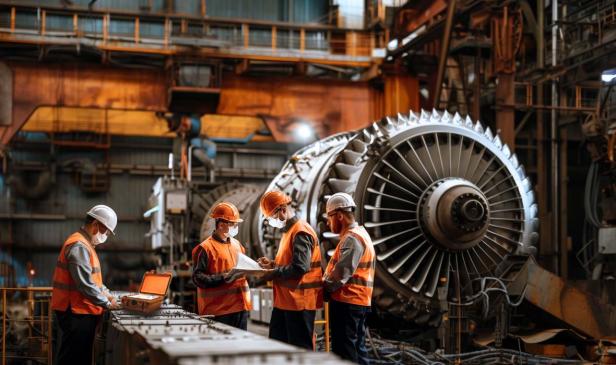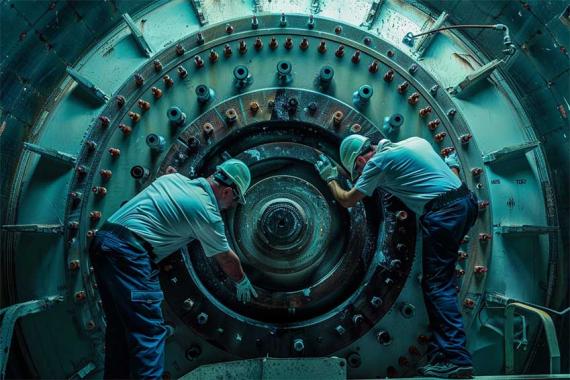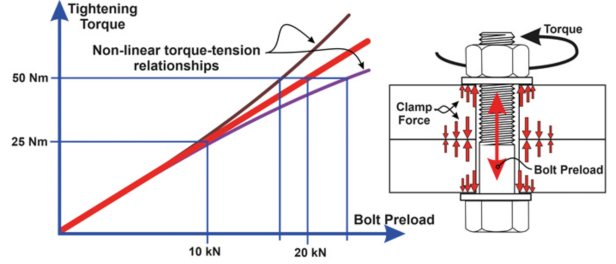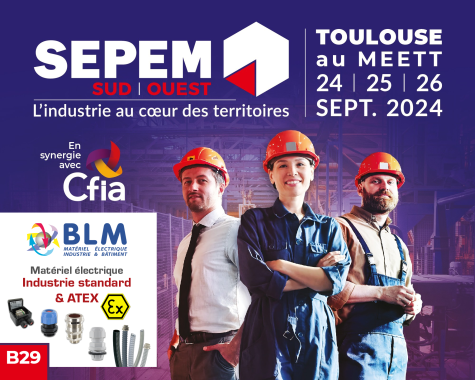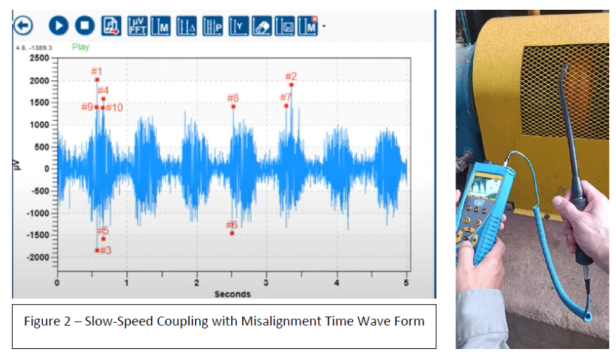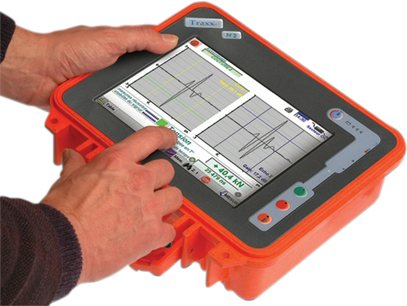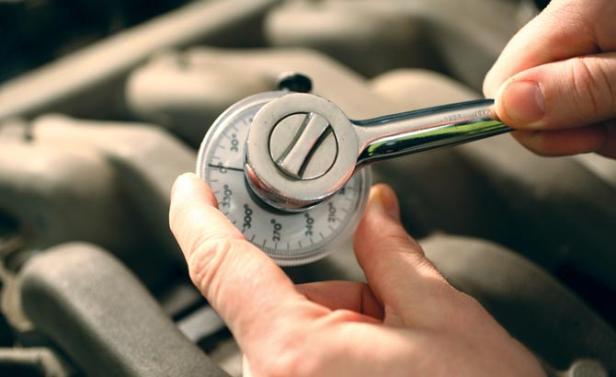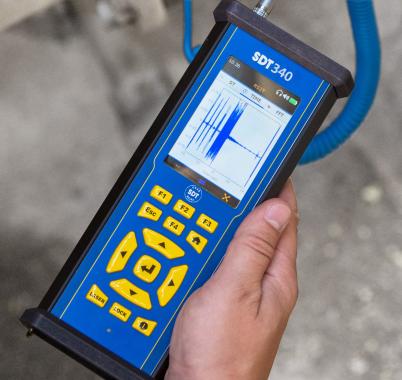Temperature measurement in industry: monitoring to guarantee quality
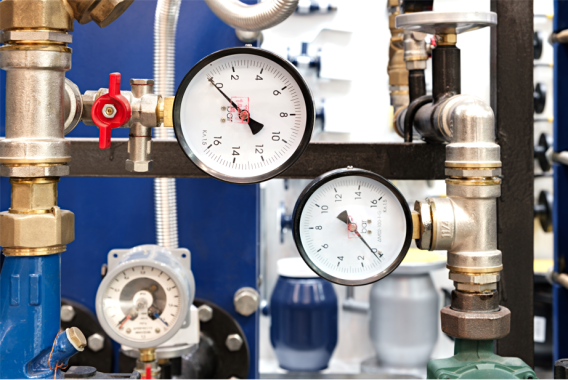
In the metallurgy, automobile, food, chemical, defense and aerospace sectors, many industrial processes integrate temperature measurements. Jacques-Olivier Favreau, in charge of STH studies and training at CETIAT , explains the interest of thermometry to guarantee the quality of industrial production by recalling the essential data.
Thermometry, a valuable control tool
In industry, the fields of temperature measurement and the specificities in terms of method of implementation or environmental constraints are very varied. However, three major benefits should be noted:
● First of all, thermometry makes it possible to guarantee the quality of product storage. “It's important to control the environmental conditions and therefore to be able to control the temperature ,” emphasizes Jacques-Olivier Favreau. In the medical field, for example, serums brought to a temperature below zero degrees Celsius can be destroyed because the cells of the product burst ”.
● Thermometric monitoring ensures production quality. " It may be necessary to maintain a constant temperature for the shaping of certain products such as thermoplastic materials, rubber, glass... Another example: in cosmetics or in the food industry, mixing pastes can create overheating and it is then necessary to bring the temperature back to a stable level. Conversely, the dough can freeze if the temperature is too cold, specifies Jacques-Olivier Favreau. When shaping plastic bottles, the temperature of the mold is essential to the final quality of the product, if the temperature is too high, the product is damaged. If it is too low, the formatting is not done correctly. The manufacture of electronic chips also requires a stable and homogeneous temperature to guarantee the quality of the deposit and therefore the performance of the integrated circuit”. Temperature measurement thus makes it possible to adjust and optimize the industrial process.
● Finally, temperature measurement is an effective way to detect faults, mainly electrical or mechanical. “ In the electrical industry, hot spots can be spotted remotely with an infrared camera. EDF uses it, for example, to control its high voltage lines ”.
Various tools for specific applications
Two main families of temperature measurement tools can be distinguished: contact sensors and non-contact sensors. In the first case, the thermometer is placed in contact with the medium whose temperature is being measured. For this, we use platinum resistance probes, also called RTD ( Resistance Temperature Detector ), or NTC thermistors (Negative Temperature Coefficient). The other category of contact sensors are thermocouples (or thermocouples). The sensitive element, generally protected by a sheath, is immersed in the medium studied. It provides an electrical quantity which will be proportional to the temperature. " We often use contact sensors in a pipe where we are going to measure the temperature as a thimble ," says Jacques-Olivier Favreau.
The second category of sensors is contactless, it is most often pyrometers or infrared cameras. This thermometry is based on the measurement of the thermal radiation emitted by a surface of a body. The absence of direct contact is an advantage, however, it is important not to have any obstacle between the thermometer and the surface. “ It can be used to measure the temperature of a ceramic hob and assess the quality of heating of a frying pan, for example, but be careful not to measure the temperature of the heating element ”.
Finally, we can cite threshold indicators: these are substances that change color depending on the temperature. They mainly make it possible to reveal overheating and are found in particular in refrigerators or in parcels, when it is necessary to ensure the conservation of medicines or food.
Complementary technologies
These types of thermometers are complementary and each has its advantages and disadvantages. “ Contact thermometry is currently the most widely used in industry ,” explains the CETIAT research and training manager. It allows a better quality of measurement, on the other hand, it slightly modifies the temperature of the medium. The impact depends on the size of the thermometer – the bigger it is, the greater its impact will be – but also on the characteristics of the environment studied. Generally, the medium is able to compensate for the heat flux induced by the collector. It is necessary to be attentive to air currents which can disturb the non-immersed part of the thermometer, but also to the instrumentation. I am thinking in particular of the measurements on airplane wings, where wire management must be taken into account. In any case, a correct temperature measurement in contact thermometry will require time: allow about ten minutes at least to stabilize the thermal flows ”.
While contact sensors offer the most accurate absolute measurements (having the best uncertainties), they cannot be used in all environments. Moving media (production lines with conveyor belts, for example) or molten parts require the use of non-contact thermometry. “ More and more efficient and less and less expensive, these sensors are currently being developed. They are relevant for measuring a temperature delta on a surface. On the other hand, in absolute measurements , they present measurement biases that are not easy to identify. Aspects of optical geometry must be taken into account. What is transparent to our eyes is not necessarily so for an infrared sensor. For example, if you point an infrared camera at a metal surface, it can act as a mirror. We then measure our own temperature and not that of the surface under study”. The emissivity of the surface – its capacity to absorb or not thermal radiation – is essential to take into account in non- contact thermometry . one contactless. This makes it possible to identify a measurement bias,” summarizes Jacques-Olivier Favreau.
Towards connected thermometry
Temperature probes are constantly evolving to meet new needs, while ensuring cost control for manufacturers. The development of fiber optic, quartz and thermistor measurements widens the scope of possible solutions. Acoustic or thermal noise thermometers, currently used in research applications, are also expected to be deployed in the years to come.
However, the great revolution is linked to the development of the IoT (Industrial Internet of Things) in the dynamics of industry 4.0. “ With these IoT systems, the sensor performs an electrical measurement and sends it to the manufacturer's server. At the level of this server, this electrical raw data is converted into a thermal quantity. It is this final data that is sent to the customer on his smartphone or other. The interfaces are very intuitive, easy to use. These IoT systems are inexpensive and provide a lot of information. Increasingly, we will have easy access to temperature measurement, which is a quantity present in all industrial fields, without neglecting the intrinsic quality of the measurement,” concludes Jacques-Olivier Favreau.
Table 1. Different measurement methods
Method type | Physical phenomenon | Type of thermometer | Metrological quality |
By contact with connection to an indicator | Electrical resistance | resistance thermometer Thermistors | ++++ + |
Thermoelectric force | Thermocouples | ++ | |
By contact without connection to an indicator | Thermosensitive | Dilation Color change | +++ ---- |
Without contact | Thermal rays | Pyrometers IR camera | ++
|
Our other news
See allJoin the largest community of industrial suppliers
- Helping you with your ongoing technology watch
- Provide you with detailed supplier statistics
- Give you international visibility
Discover the largest catalogue of industrial products on the market
- To offer you the best catalogue of industrial products on the market
- To guarantee you a 100% secure platform
- Enable you to have live remote exchanges
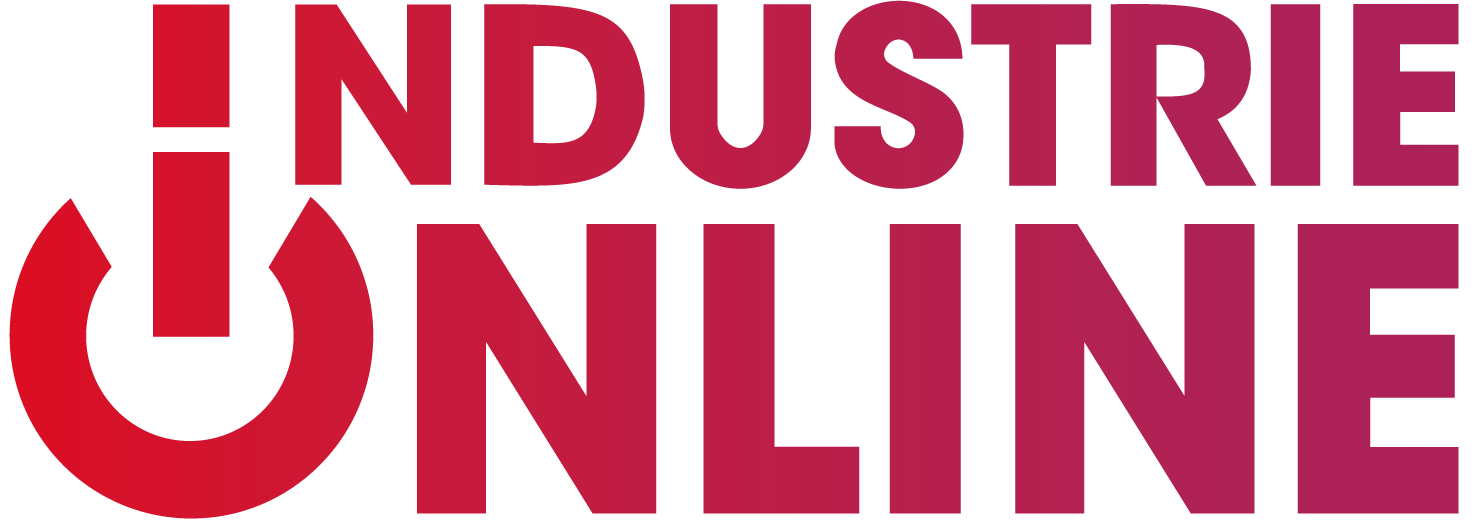

 Français
Français